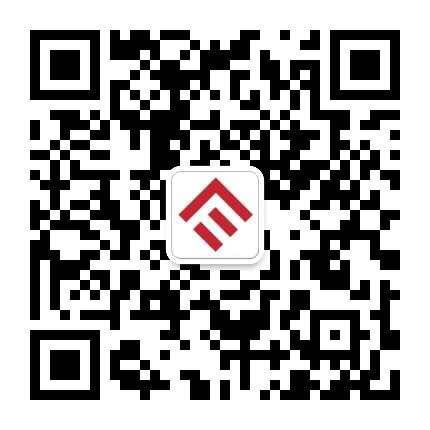Big banks at odds over rate rise predictions
Two major banks are butting heads regarding the RBA’s intended rate path.
Westpac and NAB have both revised their outlooks for interest rates in light of the Reserve Bank’s (RBA) latest rate decision.
According to Westpac’s updated forecasts, three consecutive rate hikes will take place in June, July and August, bringing the cash rate to 0.75 per cent.
Two further hikes are then expected to take place in October and November with the cash rate expected to sit at 1.25 per cent by the end of the year.
“The Reserve Bank governor surprised us on Tuesday with the board’s decision to abandon its patient approach to monetary policy,” said Westpac chief economist Bill Evans.
“Since the last board meeting, when ‘patience’ was emphasised, we have seen a further drop in the unemployment rate, from 4.2 per cent to 4.0 per cent, and a continuing surge in job vacancies pointing to further falls in the unemployment rate through the rest of 2022.”
Westpac now expects that unemployment will reach 3.25 per cent by the end of 2022, down from its previous forecast of 3.75 per cent.
Looking to next year, the bank predicted that the RBA would lift interest rates by 25 basis points three more times in February, May and June.
This would bring the cash rate to 2.00 per cent, higher than the 1.75 per cent terminal rate that was previously forecasted by Westpac.
“The three hikes in 2023 will be in the context of accelerating wage pressures with the annual rate reaching 4 per cent by mid 2023,” predicted Mr Evans.
“Our previous profile for 2022 had hikes in August, October and December in 2022 but the changed labour market situation and what looks to be a more urgent approach from the board signals an earlier beginning to the cycle and only one ‘break’ in the sequence to mark the unwinding of emergency cuts.”
Mr Evans also explained that the RBA’s shift from a patient to a more proactive approach to monetary policy was notably in the context of the upcoming election.
“By establishing a clear expectation that the board will now begin the tightening cycle in June, the RBA is willing to risk political controversy, particularly around any potential discussion of the role of the federal budget in changing the board’s stance,” he said.
“Being aware of such complications but still being prepared to change the stance emphasises the board’s determination to change the policy message.”
NAB predicts rates will reach 2.25 per cent
NAB has also updated its interest rate forecasts to include four rate rises in 2022 followed by a more gradual hike path by the RBA through to 2024.
Like Westpac, NAB now expects that the first rate rise will take place in June.
“Strong recent activity data, including NAB’s business surveys, elevated job vacancies and last month’s labour force data suggest labour demand remains very strong, while wages are still expected to strengthen gradually,” NAB said.
“We also expect consecutive strong inflation prints in the near term.”
The cash rate is then predicted to reach 1.00 per cent by year’s end following hikes in July, August and November according to the bank’s forecasts.
NAB said that the RBA would move gradually as it assesses the impact of the initial hikes on households and businesses while monitoring wage growth and supply-side pressures.
In 2023, three rate rises of 25 basis points are expected to take place while a further two rises are predicted for 2024, which would result in the cash rate reaching 2.25 per cent.
“This rates profile would be consistent with continuing growth in Australia’s economy, which we expect to slow from the current pace to around trend,” the bank said.
“It sees the unemployment rate settling at a level consistent with full employment and inflation returning to the middle of the target band over time.”
NAB noted that the market is currently pricing in a much more rapid rise than expected with rates rising above 2 per cent before the end of the year and above 3 per cent by mid 2023.
“Such a rapid and sustained increase in rates would likely be justified by ongoing above trend growth, unemployment falling and persisting at a substantially lower level (~3 per cent) and little correction in prices as supply chains recover, which could see a stronger rise in inflation expectations feed back into the wage bargaining process,” NAB said.
“While such a scenario is plausible, for now it does not appear to be the most likely path forward.”
The bank also drew attention to RBA governor Philip Lowe’s statement on Tuesday that highlighted “important additional evidence” would become available in the coming months.
This includes the first quarter readings for the consumer price index (CPI) in April, the wage price index (WPI) in May and the national accounts in June in addition to two labour force releases.
“We expect these data will show strong growth, unemployment below 4 per cent, strengthening wage growth and core inflation nearing 4 per cent year on year,” the bank said.



